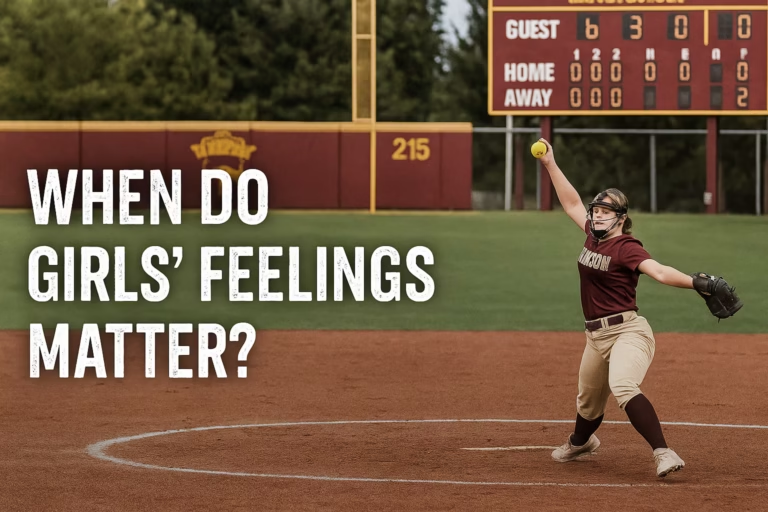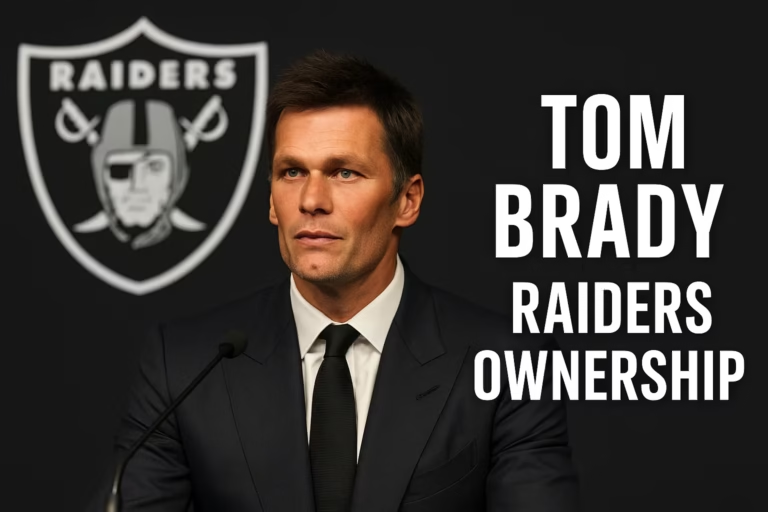The NFL Rooney Rule, named after former Pittsburgh Steelers owner Dan Rooney, was implemented in 2003 with the intention of increasing the representation of ethnic minorities in head coaching and senior football operation positions. The rule requires teams to interview at least one minority candidate for such vacancies but does not mandate any hiring preference or quota.
However, after nearly two decades of existence, the rule has failed to achieve its desired outcome. As of today, there are currently only four black head coaches in the NFL: Todd Bowles of the Tampa Bay Buccaneers, DeMeco Ryans of the Houston Texans, Mike McDaniel of the Miami Dolphins, and Mike Tomlin of the Pittsburgh Steelers. This is despite the fact that about 70% of NFL players are Black or other ethnic minorities.
There is an actual debate on whether Mike McDaniel is considered black or not. We included him in this statistic but keep in mind that, unlike the other 3 coaches, McDaniel benefits from white-passing as he is only a quarter black with lighter features.
Reasons why the Rooney Rule doesn’t work
- The rule is easily circumvented by teams who already have a preferred candidate in mind and only interview a minority candidate as a token gesture to comply with the rule. This creates a false sense of opportunity and discourages qualified candidates from pursuing other opportunities.
- The rule does not address the underlying issues that hinder the career advancement of minority coaches and executives, such as lack of mentorship, networking, exposure, and access to decision-makers. Many minority candidates are stuck in lower-level positions or pigeonholed into certain roles that limit their chances of being considered for higher-level positions.
- The rule creates a stigma for minority hires who may be perceived as beneficiaries of affirmative action rather than merit. This can undermine their credibility and authority among their peers, players, and fans. It can also create resentment among non-minority candidates who may feel they were unfairly passed over for a job.
- The rule does not reflect the diversity of the NFL fan base or society at large. It only focuses on racial minorities, but ignores other dimensions of diversity such as gender, sexual orientation, disability, religion, and culture. It also assumes that all minorities have the same experiences and perspectives, which is not true.
How can the NFL fix this problem?
The NFL needs to scrap the Rooney Rule and adopt a more comprehensive and effective approach to promote diversity and inclusion in its leadership ranks. Some possible steps include:
- Establishing clear criteria and standards for evaluating candidates based on their qualifications, skills, and achievements rather than their race or ethnicity.
- Expanding the pool of potential candidates by creating more opportunities for minority coaches and executives to gain experience, exposure, and recognition within and outside the league.
- Providing more support and resources for minority coaches and executives to develop their leadership skills, network with influential people, and advance their careers.
- Creating a culture of accountability and transparency within teams and the league regarding hiring decisions and practices.
- Encouraging more dialogue and collaboration among stakeholders (owners, coaches, executives, players, fans, media, etc.) to foster mutual understanding and respect for different perspectives and backgrounds.
The NFL has a responsibility and an opportunity to be a leader in promoting diversity and inclusion in sports and society. The intentions were good but the Rooney Rule is outdated and ineffective, and it needs to go. It’s time for a new vision and a new strategy that will truly reflect the values and aspirations of the NFL community.





